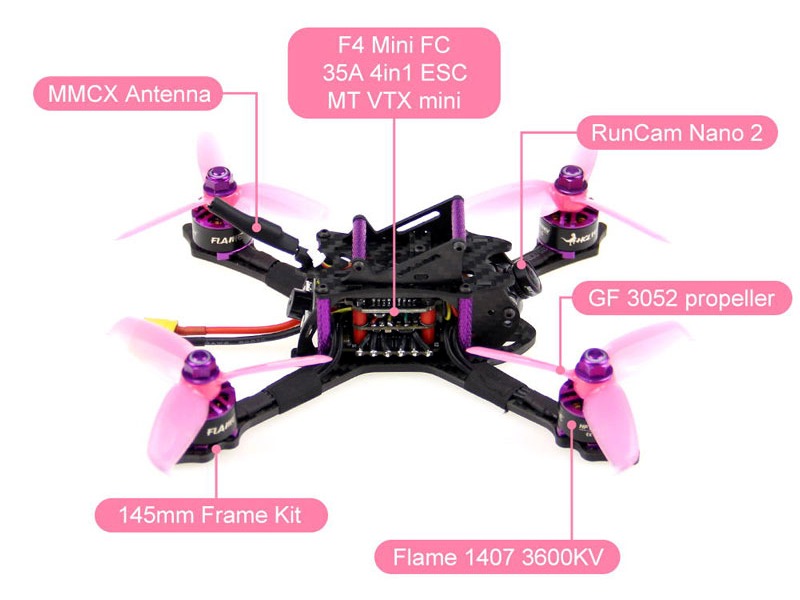Can drones fly in wind?

Yes, drones can fly in wind, but there are some important considerations to keep in mind.
Wind affects the lift of a drone, which is the force that makes it fly. Depending on the wind’s speed and direction, it can either increase or decrease the lift of the drone. When flying in windy conditions, it is important to choose the right drone for the job. Larger drones are typically better suited for flying in windy environments because they have a larger surface area and more powerful motors. However, they also require more power and have shorter flight times.
Wind also affects the control of a drone. In windy conditions, it can be difficult to maintain control of the drone and keep it in the desired direction. This can be especially problematic in high wind speeds, when the drone can be pushed off course quickly and unexpectedly. To combat this, it is important to use a drone with high maneuverability and a strong GPS system.
Wind can also affect the stability of the drone. When flying in windy conditions, even a slight gust can create turbulence, causing the drone to become unstable. This can make it difficult to capture clear images or video. To combat this, it is important to use a drone with a high-quality gyroscope and a three-axis gimbal.
Finally, wind can affect the battery life of a drone. When flying in windy conditions, the drone needs to use more power to stay in the air and fight against the wind. This can quickly drain the battery, resulting in shorter flight times. To avoid this, it is important to use a drone with a powerful battery and to monitor the battery level carefully.
Overall, drones can fly in windy conditions, but it is important to take the necessary precautions. Choose a drone with a large surface area, powerful motors, high maneuverability, and a three-axis gimbal. Additionally, make sure to use a drone with a powerful battery and to monitor the battery level closely. By following these tips, you can ensure that your drone can fly safely and successfully in windy conditions.
Comments / Question
2. Ensure that the drone is calibrated and able to handle the wind speeds.
3. Monitor the drone’s battery life, as the drone may need to use more power to combat the wind.
4. Position the drone appropriately, using a shelter or other structure to reduce the amount of wind the drone must fight.
5. Maintain a safe distance between the drone and other aircraft, people, and property on the ground.
6. Monitor the drone constantly and reduce altitude if the wind speed increases.
7. Have an experienced spotter onsite to monitor the drone and wind speed at all times.
2. Use a Stabilizer: Stabilizers can be used to reduce the effects of wind by counteracting the effects of the wind on the drone body. This helps to keep the drone steady and makes it easier to control when flying in windy conditions.
3. Fly at Lower Altitudes: Flying at lower altitudes can make it easier to control the drone in windy conditions. Wind speeds tend to increase with altitude, so flying at lower altitudes will reduce the effects of wind on the drone.
4. Choose a Suitable Launch Site: Launching from a sheltered area can help to reduce the effects of wind on the drone. Launching from a location surrounded by trees or buildings can help to block the wind and provide a more stable environment for the drone to fly in.
5. Use Larger Propellers: Larger propellers can be used to increase the amount of thrust generated by the drone and make it easier to control in windy conditions. However, it is important to note that larger propellers can also reduce the efficiency of the drone.

